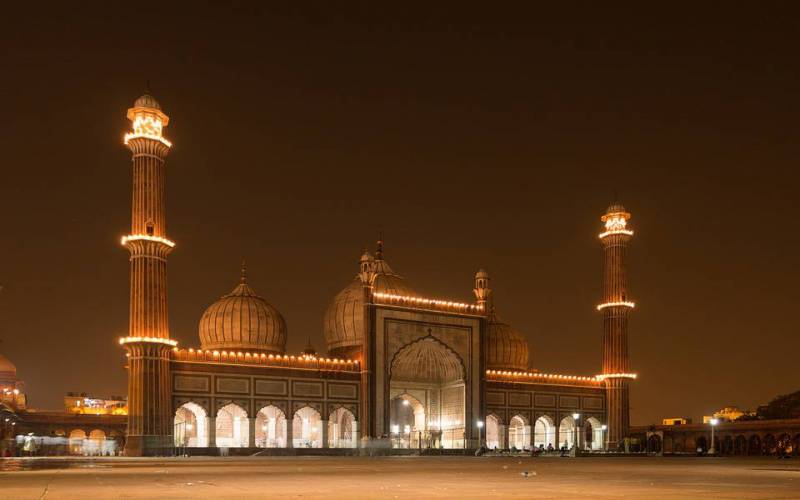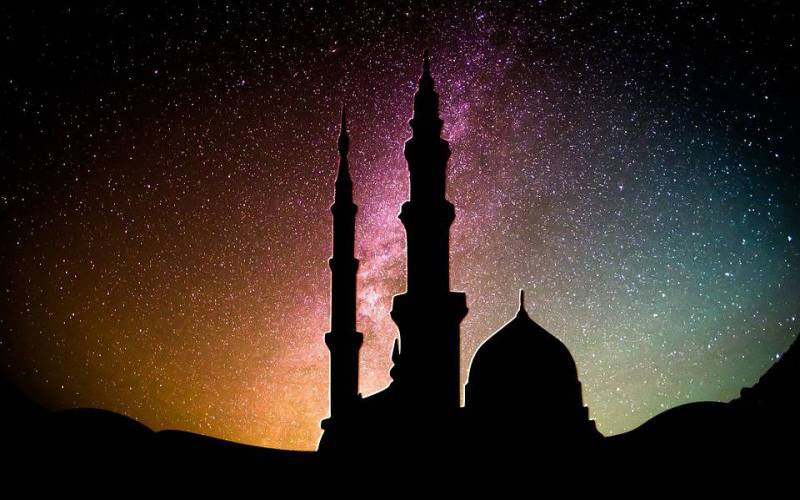Eid ul-Adha Festival, India
Muslims celebrate Eid-ul-Adha after Eid-al-Fitr (or Meethi Eid), the second major Islamic festival. Eid al-Adha, Bakrid, Eid Qurban, or Qurban Bayarami are also names for the Eid-ul-Adha festival. After ten days of moon sighting, the Eid-ul-Adha is celebrated. Islamic beliefs explain the history of this day by Abraham or Prophet Ibrahim's recurring dream of killing his beloved son, Ismael, to fulfill the wishes of God. He told his son about the dream, knowing that it was a command from God. He asked Ismael to comply with Allah's wishes by making the sacrifice, according to his father, who was just as much an adherent of God. The devil tempted Ibrahim and tried to discourage him from offering the sacrifice, but he turned it away by pelting it with stones
Ibrahim's absolute devotion drew the attention of Allah, who sent Archangel Jibreel, carrying a lamb to the slaughter. In response to Abraham's devotion, Jibreel told Ibrahim he had sent the sheep in place of Ibrahim's son to be slaughtered in response to his dedication. Since then, cattle sacrifices have been an integral part of the celebration of Eid-ul-Adha. On the tenth day of Zul Hijjah, Eid-ul-Adha is also called Bakra Eid, but the ninth day of Zul Hijjah is devoted to the hajj, a pilgrimage of Muslims. Eid-ul-Adha commemorates the absolute dedication of Prophet Ibrahim to Allah.Following the prayer, the Imam delivers a sermon or khutbah. There are later celebrations that include eating delicious food, donating to the poor, and sharing the joy with family, relatives, and friends.

